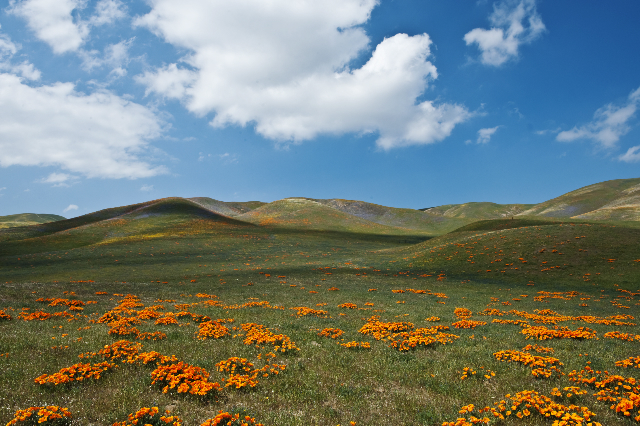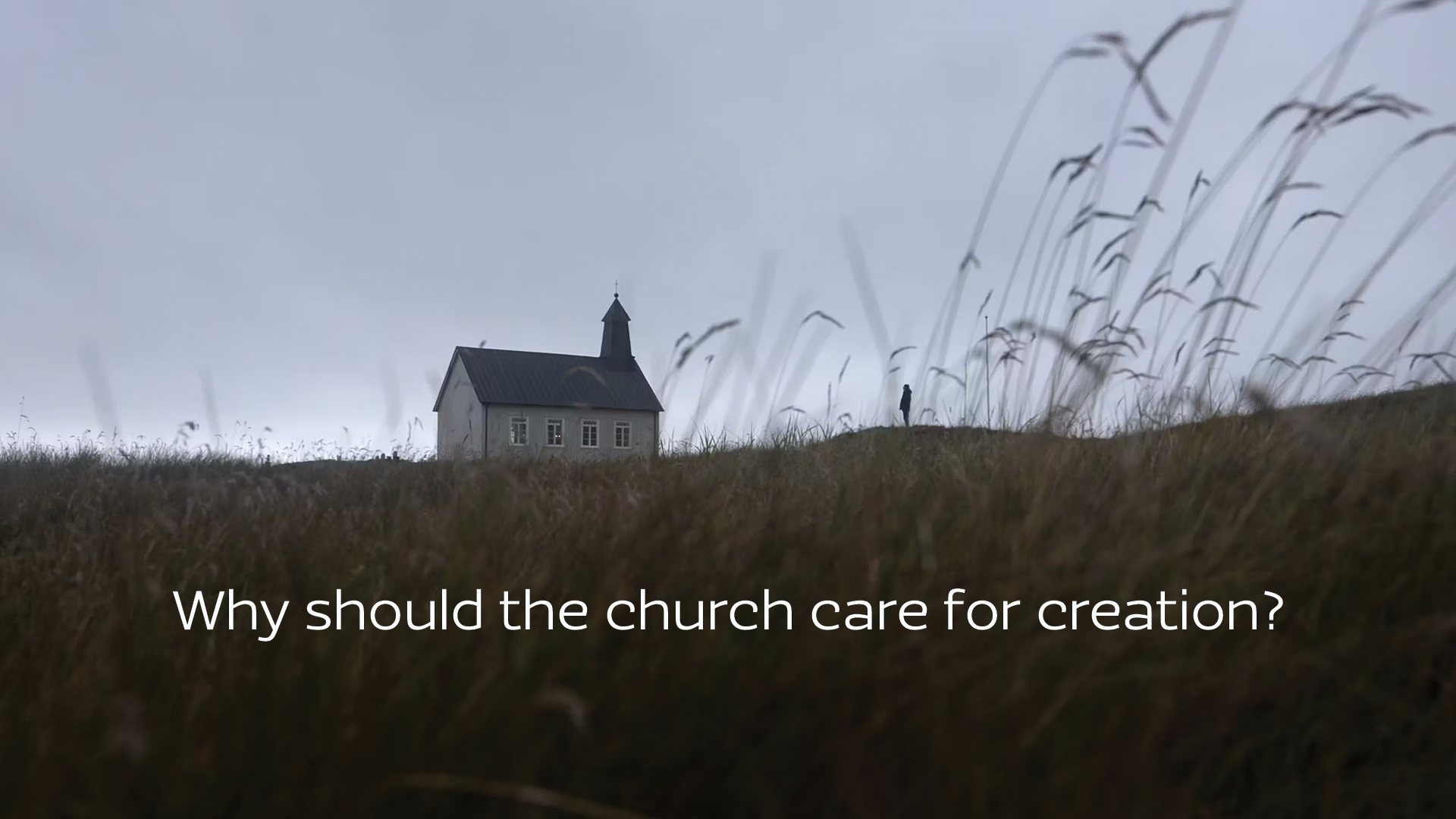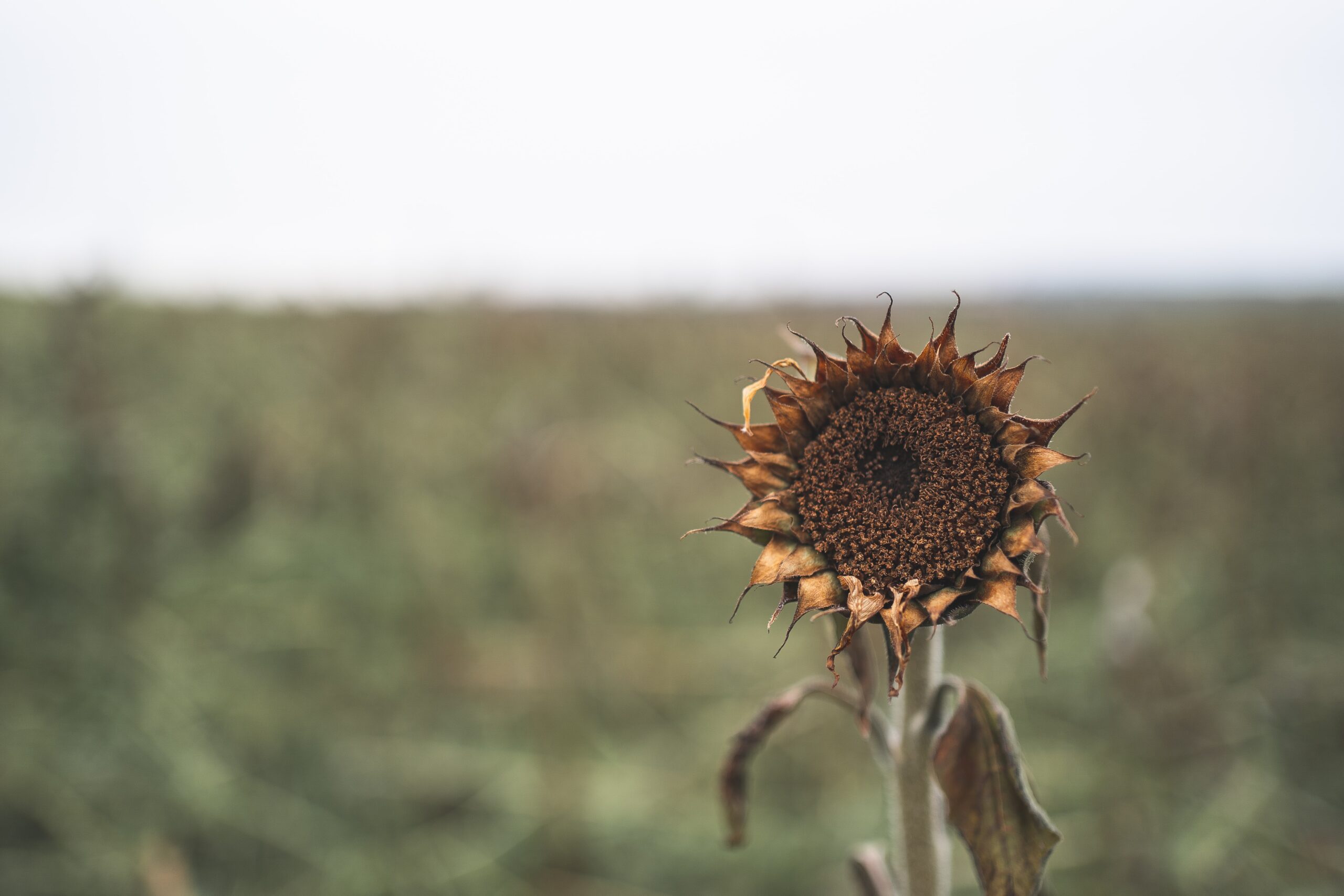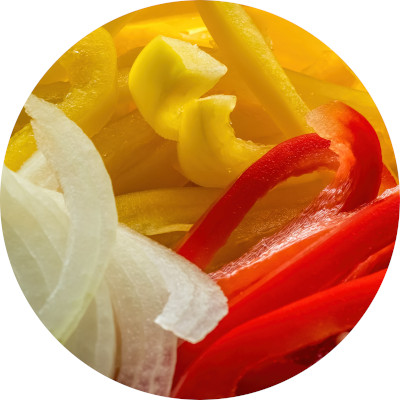Where on Earth are you?
The first step toward living lighter − toward really rolling up one’s sleeves and caring for creation − is to get to know one’s own place. Ironically, with environmental crises ranging from deforestation in Brazil to desertification in Africa filling the news, it is often easier to know more about places thousands of kilometres away than the place right under one’s own feet and in front of one’s own eyes. Don’t get me wrong: an understanding of worldwide environmental problems is necessary and valuable, but true understanding and experience of one’s local environment in all its botanical and zoological uniqueness is transformative.

California landscape © Brooke McAllister
So here’s a challenge: get to know your neighbours. The guy with the scruffy beard down the street, certainly, but also that bird twittering in the tree at the end of the block. Oh, and learn the name of the tree as well.
A little quiz to get you started:
Where in the world are you?
- What is the name of your watershed?
- How is your home’s electricity produced?
- Name five edible native plants in your area.
- From what direction do winter storms generally come in your region?
- Where does your garbage go?
- What are the easiest vegetables to grow in your soil and climate?
- Name five trees in your neighbourhood. Are any of them native?
- Name five resident birds in your area.
- Name five invasive species (either plant or animal) in your neighbourhood.
- Point north.
How did you do?
We are happy for our blogs to be used by third parties on condition that the author is cited and A Rocha International, arocha.org, is credited as the original source. We would be grateful if you could let us know if you have used our material, by emailing [email protected].




River Brent Catchment; ‘Natural sources – sun, wind, water’; Blackberry/elderberry/creeping thistle/sweet chestnut/greater reedmace;west (I think); landfill (groan) and recycling; beans; Pedunculate Oak/Sycamore (Acer pseudoplatanus)/ Ash/ Crack Willow/Field Maple – all native except Sycamore (which may actually be after all); Euro Robin/Blue Tit/ Great Tit/ Dunnock/ Winter Wren; Giant Hogweed/Himalayan Balsam/Japanese Knotweed/Grey Squirrel/ Water-fern; directly behind me where I’m sitting now. —– WHERE AM I?
I was discussing this issue with a friend this morning. He and i have been privileged to work together on a small nature reserve and record the plants and animals living there or passing through.
We were both agreed that getting to know a small area intimately, while not forgetting the global picture, adds a whole new dimension to conservation.
One learns to appreciate the small things that make a lot of difference ecologically: the birds that nested for the first time here this year, the wildflowers that have disappeared. It is the wonder at, and appreciation of, these small things that should glorify the Creator, a glorification that is the bedrock of all Christian conservation work.
Great simplicity!…thanks L.
What a great idea! I will give it a try.
I wanted to be first to the quiz! Confound it, Colin! 🙂
1. My watershed is officially called “Western Portugal Creeks”—a collective name for a dozen very small basins. The two rivers in town are the Alcoa and its tributary, the Baça.
2. I purchase my electricity. The mix is as follows (I had to look this up): 40% wind, 35% fossil, 10% hydro, 5% other renewables, 4% biomass, 4% nuclear.
3. Five edible native plants: oregano Origanum vulgare; Rosemary Rosmarinus officinalis; Common Purslane Portulacca oleracea; Elmleaf Blackberry Rubus ulmifolius; Portuguese Crowberry Corema album
4. Winter storms generally come from the north or northwest.
5. My garbage goes to the Western Portugal Landfill, I’m afraid. All but the part which we separate for recycling. We have tried composting but we had to drive to the composting site so we gave that up (temporarily).
6. Easiest vegetables to grow here, from my own experience: New Zealand spinach; onion; broccoli; potatoes; tomatoes.
7. Neighbourhood trees: American Sweetgum Liquidambar styraciflua; Fig Tree Ficus carica (considered native, we’ve had it for a millennium or two and it fits the local ecology just fine); Narrowleaf Ash Fraxinus angustifolia (native); China rose Hibiscus rosa-sinensis; Beach she-oak Casuarina equisetifolia.
8. Five resident birds: House Sparrow Passer domesticus; Eurasian Blackbird Turdus merula; Black Redstart Phoenicurus ochruros; European Serin Serinus serinus; Eurasian Collared Dove Streptopelia decaocto.
9. Just five invasive species? I’ve been mapping invasive plants for a nation-wide project. The most frequent around here are: Giant Reed Arundo donax; Long-leaved Wattle Acacia longifolia; Blue Morning Glory Ipomoea indica; Canadian Horseweed Conyza canadensis; Century plant/Maguey/American aloe Agave americana.
10. North is behind me, a little to the right.
[…] I started commenting on my colleague Leah Kostamo’s blog entry, Where on Earth Are You, when I realized I was writing too much for a comment and that it should really be my own blog entry. It follows below, but for important context, please first read Leah’s piece at The Planetwise Blog of A Rocha International. […]
[…] do it without thinking. Or I did until I read this very challenging post from Leah Kostamo at the A Rocha conservation group. ‘Where on Earth are you?’ she asks – and […]
1, Ribble Catchment
2 No idea
3 Wood sorrell, blackberry, bilberry, sweet cicely, plum.
4 From the West
5 Waste goes to Global Renewables which is within 2 miles
6 Tomatoes, potatoes, cabbage, cauli, carrots
7 Oak, Ash, Willow, Yew, Rowan, all native
8 Collared dove, house sparrow, blue tit, Dunnock, great tit
9 Grey squirrel, Japanese knotweed, Himalayan Balsam, Harlequin ladybird, mink
10 It is evening and the sun is at my back so North is to my left